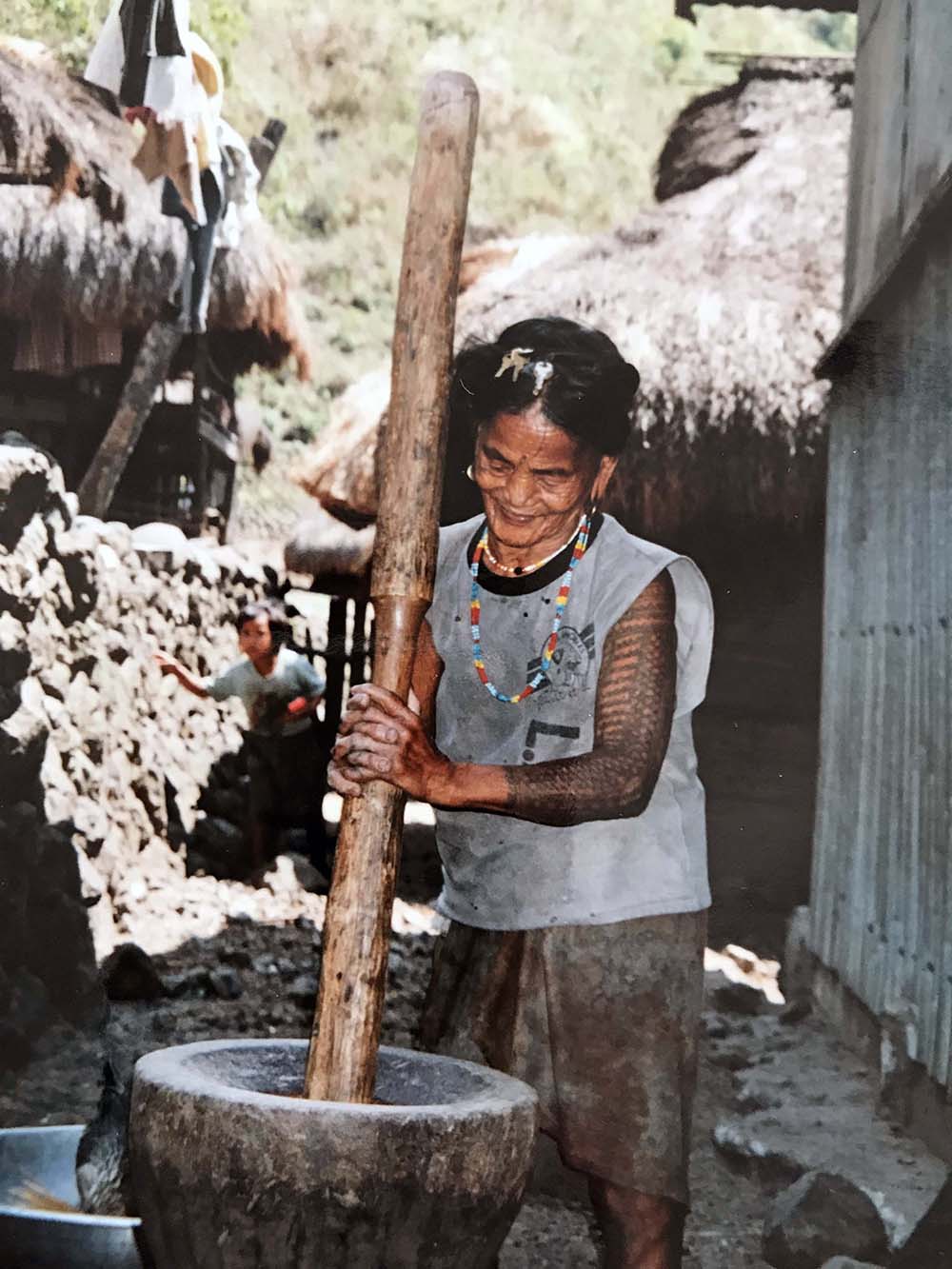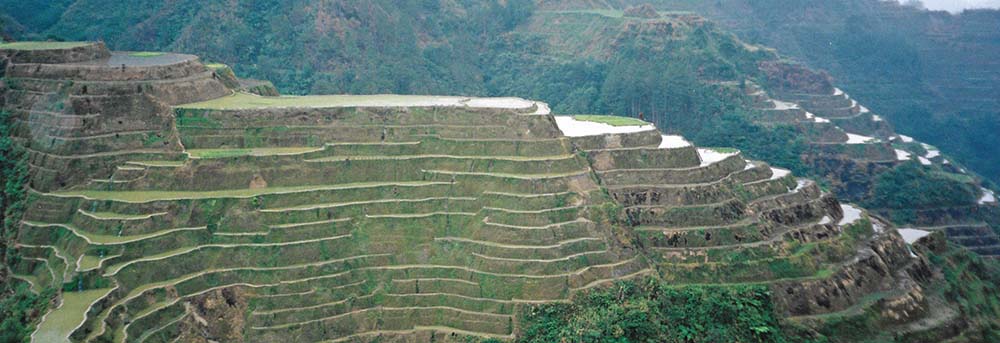Adam Waxman is an award winning travel journalist focusing on…
“Stop! We enforce the law without fear or favour.” That’s what the road-side sign said as the truck on which I’d hitched a ride wound further up into the foggy mountains. Right then I had a sinking feeling, like that moment before the roller coaster car makes its last inches to the summit, and I look back knowing it’s too late to get out.
I’d been warned. All the guidebooks said to exercise caution and avoid this area. But, I was young, and I was curious.
I couldn’t conceive of a “tribal war.” The pictures I’d seen of the Igorot people, their colourful dress and ornamentation, looked as though they were from another time. However, in this part of the Philippines, in Northern Luzon, there were tribes that still practised head hunting—and not the kind that find you a job. Apparently, some boys from one tribe had recently decapitated a boy from another. Passage through the mountains at this time was not advised, because of something called “guilt by association.” My guide spoke the language of both factions. We soon reached Kalinga.
 It was quiet. The afternoon breeze. The creaking sound of rope pulling as I crossed the footbridge. Outside thatched homes, women slapped wet clothes in their wash buckets. One elderly woman pounded rice. Her arms were covered in sleeves of tattoos and her ears drooped from the weight of brass rings. She handed me a heavy wooden pestle, and laughed as I attempted to dehull rice in the mortar. She went about her business. There was no conversation, just quiet observation of this seemingly peaceful agricultural community in the mountains.
It was quiet. The afternoon breeze. The creaking sound of rope pulling as I crossed the footbridge. Outside thatched homes, women slapped wet clothes in their wash buckets. One elderly woman pounded rice. Her arms were covered in sleeves of tattoos and her ears drooped from the weight of brass rings. She handed me a heavy wooden pestle, and laughed as I attempted to dehull rice in the mortar. She went about her business. There was no conversation, just quiet observation of this seemingly peaceful agricultural community in the mountains.
I continued onward. In Sagada, hanging-coffins nailed into rock walls lined a trail that lead me to a cave stacked with centuries-old coffins and mummified bodies. Disturbing? Yes. But it was really only the quiet and my anticipation that made me anxious.

Along the bumpy mountain road I saw the most beautiful rice terraces in the world. They appeared like reflecting pools lining the contours of the peaks that cascaded down into the valley. Perfectly carved. Perfectly still.
Arriving in Bocos Village at the tail end of a funeral, I was told that the coffin being paraded through the street had been tilted so that blood could pour out onto the mourners. Whether that was true or not, I was excited by the danger, and frustrated by my ignorance. I walked through the town past a sign reading, “Only dogs may urinate here,” and restlessly continued up to a higher vista.

Night fell quickly. I remembered there had been a curfew in place, so I quickened my pace. As I began walking back down the steep narrow path toward the village, I could see the whites of her eyes spying me. Unnerved, I stopped.
“What are you doing?” Her concerned voice called. “You should not be out alone at night. Come inside.” Tepidly, I walked closer. We climbed the ladder into her thatched wooden hut where she lit a lamp. She looked young, so I asked, “Whose house is this?” She stared at me, but didn’t answer. I was increasingly uneasy and trying not to show it. “Are your parents around?” I asked to no response. “Where is everybody?” I persisted. She stared at me a few moments longer. “This house belongs to my grandfather.” She replied. “Would you like to see him?” A strange thing to say, and I felt the weight of my foolishness. “Sure.” I responded lightheartedly. “He’s outside.” She looked in the direction of the door, rose up and whisked herself out. I followed.
My heart pounded as I fumbled back down the ladder in the darkness. Standing beneath the entrance to her hut, she pointed, “Here he is.” I fidgeted with my flashlight, followed her outstretched finger, and shone it on a clean skull and a neat stack of bones. I spun around. She was gone.
Adam Waxman is an award winning travel journalist focusing on food, wine and well being. As well as an actor in film, television and formerly, the Stratford Festival, he is the Publisher of DINE and Destinations magazine.




